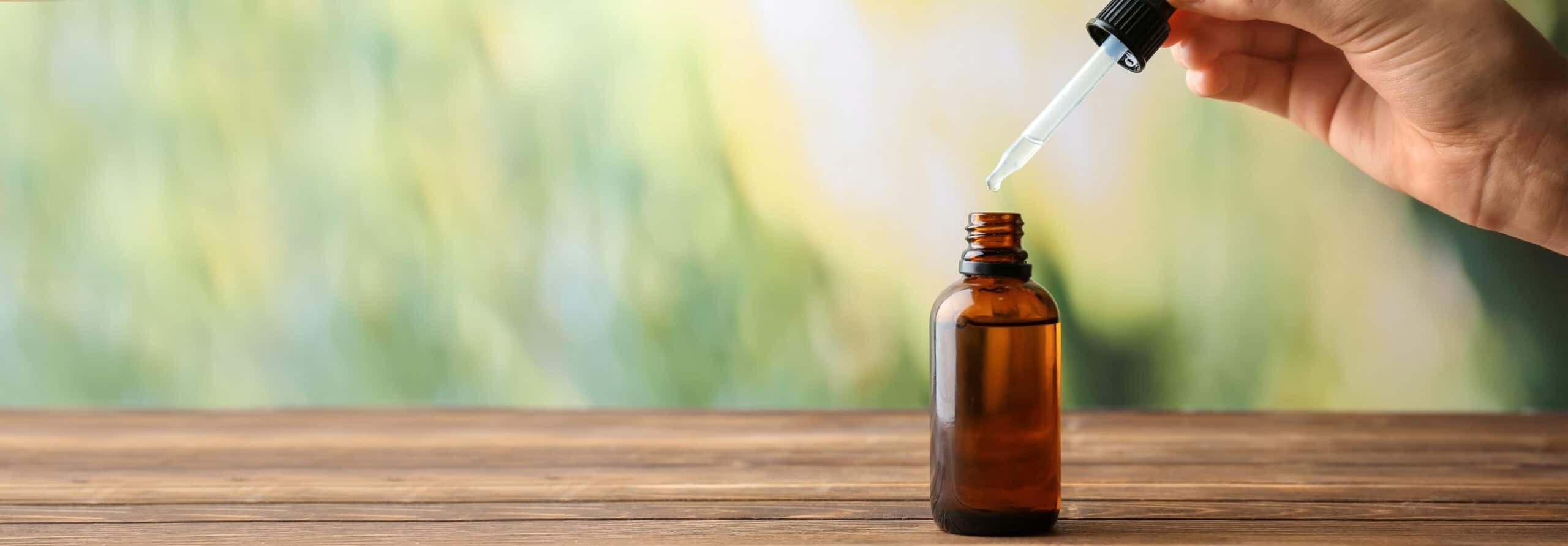Acne Treatment
Acne is a condition of the skin that results in pimples, whiteheads and blackheads.
Learn More
Allergic Contact Dermatitis
Allergic contact dermatitis, sometimes referred to as just contact dermatitis, is a red, itchy rash on the skin.
Learn More
Alopecia Areata
Alopecia areata is an autoimmune disease that causes hair loss for both adults and children. This can cause hair loss on the scalp as well as on the body, such as eyebrows, eyelashes and facial hair.
Learn More
Basal Cell Carcinoma
Basal Cell Carcinoma (BCC) is the most diagnosed form of skin cancer, with millions of cases each year in the U.S. It appears on the skin in a variety of sizes and shapes, such as dome-shaped growth with visible blood vessels, shiny patches, brown/black growths, sores, or white/yellow scar-like growths.
Learn More
Benign Skin Lesions
As we age, we often get different benign growths that may come about and that are completely harmless.
Learn More
Common Skin Growths
There are a number of common, non-cancerous skin growths that are prevalent in our population.
Learn More
Dilated Oil Glands
Sebaceous gland hyperplasia refers to benign enlarged and dilated oil glands. These appear as yellowish to pink bumps scattered on the face. They are more common in people with a history of oily skin.
Learn More
Eczema Treatment
Atopic dermatitis, often referred to as eczema, is a common skin condition that appears most often in children, though it can occur in individuals of any age.
Learn More
Dry Skin
Dry skin is common for many and can happen at any age. Skin gets dry when it loses too much water or oil and typically becomes dryer as we age, in the winter and in low-humidity climates.
Learn More
Excessive Sweating/ Hyperhidrosis
Hyperhidrosis, commonly referred to as excessive sweating, is a condition in which someone sweats a good deal even when they are not hot or exercising.
Learn More
Fungal Infections
A fungal infection, sometimes referred to as mycosis, is a condition of the skin in which it has been infected by a fungus.
Learn More
Genital Warts
Genital warts often occur around the genital and anal areas of the skin. They’re caused by the human papillomavirus (HPV), which is a sexually-transmitted infection
Learn More
Granuloma Annulare
Granuloma annulare is a skin condition that causes a round, smooth bump. This will become ring-shaped with a center of clear skin. The affected skin can be pink or purple.
Learn More
Herpes Simplex
For oral herpes (HSV-1), often signs or symptoms never occur for many people. Likewise for genital herpes (HSV-2), many people infected often don’t show any symptoms. Symptoms can include burning, itching or tingling skin, cold sores or fever blisters around the lips, mouth, tongue and elsewhere.
Learn More
Hidradenitis Suppurativa
Hidradinitis supperrativa is a skin condition that typically starts after puberty but can last for many years and get worse over time.
Learn More
Hives
Hives are pink welts or swellings that can itch, burn or sting. They vary in size and typically go away within 24 hours.
Learn More
Hyperpigmentation
Hyperpigmentation is a condition of the skin in which it appears darker than usual.
Learn More
Keratosis Pilaris
Keratosis pilaris is a common skin condition which causes tiny bumps to form on the skin, often resembling goose bumps or small pimples.
Learn More
Lichen Planus
Lichen Planus is a condition characterized by swelling and irritation in the mucous membranes of the body, as well as the skin, hair and nails.
Learn More
Lupus
Lupus is an autoimmune disease (a condition where your immune system attacks healthy cells).
Learn More
Melasma
Also known as chloasma faciei or the "mask of pregnancy," melasma is a condition that most commonly affects women.
Learn More
Nail Disorders
A nail disorder can include any one of a number of conditions associated with the nails.
Learn More
Perioral Dermatitis
Perioral dermatitis is a rash that can form around the mouth. This often causes redness, swelling and acne-like bumps.
Learn More
Pityriasis Rosea
Pityriasis rosea causes a harmless pink or reddish rash that usually lasts six to eight weeks before fading. It can be itchy, but it’s not contagious. It can occur following a viral illness.
Learn More
Pruritus (Itch)
Typically, an itch is only short term, but if it continues for six weeks or more, it can be considered a chronic itch.
Learn More
Psoriasis Treatment
Psoriasis is a skin disorder in which the cells of the skin multiply much faster than normal.
Learn More
Rashes
Rash is a general term that covers a wide range of potential conditions.
Learn More
Rosacea Treatment
Rosacea is a condition of the skin that results in visible blood vessels and general redness in the face.
Learn More
Scabies
Scabies is caused by eight-legged bugs called mites, which are so small, they can’t be seen on your skin. These mites burrow into the skin and cause an itchy rash.
Learn More
Seborrheic Dermatitis
Seborrheic dermatitis is a common skin issue that causes a rash. The skin will appear red and possibly swollen, with a white or yellowish crusty scale on the surface.
Learn More
Seborrheic Keratoses
Seborrheic keratoses (SK) is a common skin growth that may look worrisome, but is actually harmless.
Learn More
Squamous Cell Carcinoma
Squamous Cell Carcinoma (SCC) is the second most commonly diagnosed form of skin cancer.
Learn More
Tinea Versicolor
Tinea versicolor is a condition that results when our skin experiences an overgrowth of a certain type of yeast.
Learn More
Traction Alopecia
Traction alopecia is a form of hair loss that’s caused by repeated pulling or putting tension on hair, such as wearing tight ponytails, buns, braids, etc.
Learn More
Unknown Rashes
A rash is a skin condition in which there is a visible or palpable change to your skin.
Learn More
Vitiligo
Vitiligo is a condition of the skin in which the skin loses its melanocytes, or pigment cells, in certain areas.
Learn More


